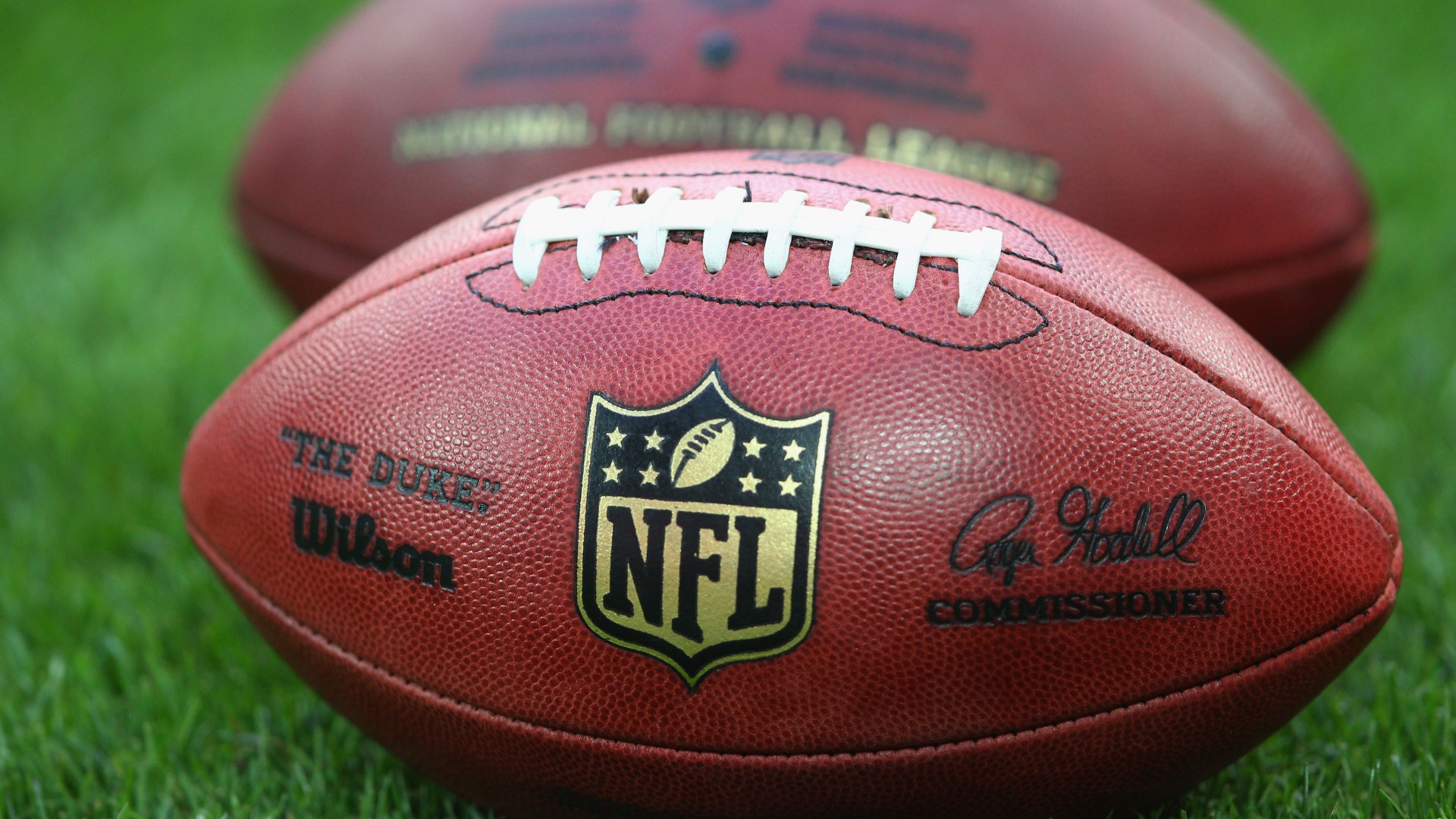
The UEFA Champions League Draw: A Comprehensive Guide to How Pots Are Determined
The UEFA Champions League anthem, the glittering trophy, the world’s elite clubs battling it out under the floodlights – these are the images that define European club football’s pinnacle. But before a ball is even kicked in the group stage, one event generates almost as much anticipation as the final itself: the group stage draw. It’s a pulsating blend of anticipation and nervous energy, where the fate of 32 teams is sealed in a matter of minutes. Yet, beneath the glamour and the live broadcast, lies a meticulously calculated system that determines which teams go into which pot, ensuring a blend of fairness, competitiveness, and historical merit.
This guide will delve deep into the intricate mechanisms that govern the UEFA Champions League group stage draw, demystifying how the four crucial pots are determined, the rules that govern the draw itself, and the implications for the teams involved.
The Purpose of Seeding: Balancing Fairness and Merit
At its core, the seeding system aims to achieve several objectives:
- Fairness: To prevent "groups of death" that are disproportionately difficult for a given team, while also avoiding groups that are too easy.
- Competitiveness: To ensure that the best teams from Europe are rewarded for their past performance and given a degree of protection in the early stages.
- Broad Appeal: To ensure diverse groups with teams from different leagues, enhancing the global appeal of the competition.
- Reward for Performance: To acknowledge and reward clubs for their consistent success in UEFA competitions over recent years.
The 32 teams that reach the group stage are divided into four pots of eight teams each. The distribution across these pots is where the complex system truly begins.
Pot 1: The Champions’ Elite – A Golden Ticket
Pot 1 is arguably the most coveted position in the draw, as it guarantees a top seed and generally a more favourable group. This pot is reserved for eight specific teams, reflecting their recent success and status within European football. The composition of Pot 1 is as follows:
- The UEFA Champions League Title Holders: The club that won the Champions League in the previous season automatically secures a spot in Pot 1.
- The UEFA Europa League Title Holders: The winner of the Europa League from the previous season also earns a direct entry into Pot 1 of the Champions League. This rule was introduced to elevate the status of the Europa League.
- The Champions of the Top Six Associations: The domestic league champions from the six highest-ranked national associations in UEFA’s country coefficient rankings. As of recent seasons, these typically include England, Spain, Italy, Germany, France, and Portugal (though the specific countries can fluctuate based on performance).
The "Cascading" Rule and Its Nuances:
A common scenario that often leads to confusion is when one of the Champions League or Europa League winners also happens to be a domestic champion of one of the top six associations. In such cases, the vacant Pot 1 spot "cascades" down to the champion of the seventh-ranked association. If both the Champions League and Europa League winners are also top-six domestic champions, then the champions of the seventh and eighth-ranked associations would fill those remaining Pot 1 spots. This ensures that Pot 1 always consists of eight unique teams, prioritizing recent European success and top domestic league triumphs.
Being in Pot 1 means a team will avoid facing other European giants in the group stage, significantly increasing their chances of progressing to the knockout rounds.
Pots 2, 3, and 4: The UEFA Club Coefficient System – A Measure of Consistency
While Pot 1 is determined by specific championship titles, the allocation for Pots 2, 3, and 4 relies entirely on the UEFA Club Coefficient system. This is a sophisticated ranking system that evaluates a club’s performance in UEFA club competitions (Champions League and Europa League) over the preceding five seasons.
How Club Coefficients Are Calculated:
-
Points for Matches: Clubs earn points for their results in UEFA competitions:
- 2 points for a win.
- 1 point for a draw.
- 0 points for a defeat.
- Points are awarded from the group stage onwards, though points are also given for participation in qualifying rounds and play-offs.
-
Bonus Points: Additional points are awarded for reaching specific stages of the competitions:
- Champions League:
- 4 points for reaching the group stage.
- 5 points for reaching the round of 16.
- 1 point for reaching the quarter-finals, semi-finals, and final (these are cumulative, so a semi-finalist gets 3 points, a finalist 4).
- Europa League:
- 4 points for reaching the group stage.
- Additional points for reaching the round of 16, quarter-finals, semi-finals, and final.
- Europa Conference League: Similar bonus point structure.
- Champions League:
-
Association Coefficient Contribution: A club’s total coefficient for a given season is not just its own points; it also includes 20% of its national association’s coefficient for that season. This means that clubs from stronger leagues (those with better overall European performance) get a slight boost, reflecting the competitive environment they operate in.
-
Five-Year Rolling Average: The final club coefficient used for seeding purposes is the sum of the points accumulated over the last five seasons, plus the 20% association coefficient contribution for each of those years. This five-year rolling average provides a balanced view, rewarding both recent success and sustained performance, without overly penalizing a single poor season.
Allocation to Pots:
Once the 32 teams are confirmed for the group stage (including those who have come through the qualifying rounds), and the eight Pot 1 teams are identified, the remaining 24 teams are ranked according to their individual UEFA club coefficients.
- The 8 teams with the highest coefficients after Pot 1 are placed into Pot 2.
- The next 8 highest-ranked teams are placed into Pot 3.
- The final 8 teams, with the lowest coefficients among the direct entrants and qualifiers, are placed into Pot 4.
This system means that even a historically strong club might find itself in a lower pot if its performance has dipped in recent years, while a rising club with strong recent campaigns can climb into a higher pot.
The Draw Rules and Restrictions: Ensuring Diversity and Preventing Conflicts
Beyond the pot allocations, the live draw itself is governed by a strict set of rules designed to ensure fair play, prevent conflicts, and enhance the overall viewing experience:
-
Country Protection: No two teams from the same national association can be drawn into the same group. This is the most fundamental rule, ensuring that clubs from the same league cannot face each other until the knockout stages. This rule is applied by automatically assigning a drawn team to the next available group if its assigned group already contains a team from its own country.
-
Paired Teams for TV Scheduling: To optimize television coverage, teams from the same country (especially those with multiple representatives) are "paired" for scheduling purposes. For example, if both Manchester City and Manchester United are in the draw, when one is drawn into Group A, the other will automatically be placed into Group B, C, D, E, F, G, or H, but they will be scheduled to play on different matchdays (e.g., one on Tuesday, one on Wednesday). This ensures that fans can watch both teams without overlap and broadcasters can maximize their audiences.
-
Political Restrictions: UEFA maintains a list of associations whose clubs cannot be drawn against each other for political or security reasons (e.g., clubs from Ukraine and Russia).
-
Stadium Conflicts: In rare cases where two clubs from the same city or very close proximity qualify for the Champions League, and if they share a stadium or their stadiums are too close for simultaneous high-profile matches, their fixtures will be "split" across different matchdays (similar to the TV pairing rule).
These rules add a layer of complexity to the live draw, as the drawing of one team can have a ripple effect on the potential groups for others. UEFA’s draw software is sophisticated enough to manage these constraints in real-time.
The Road to the Group Stage: Integrating Qualifiers
It’s important to remember that not all 32 teams qualify directly for the group stage. A significant portion comes through the demanding qualifying rounds, which are split into two paths:
- The Champions Path: For domestic league champions of associations ranked lower than the top 10.
- The League Path: For non-champions from higher-ranked associations (e.g., 3rd or 4th placed teams from top leagues, 2nd placed teams from slightly lower-ranked leagues).
Teams emerging from these play-off rounds are then integrated into the main group stage draw. Their pot placement is determined by their individual UEFA club coefficients, just like the direct entrants. This means a champion from a smaller league who has performed well in European competitions over the past five years could theoretically find themselves in Pot 2 or 3, while a team from a major league with a poorer recent European record might drop to Pot 4.
Implications and Criticisms of the System
The current Champions League draw pot system, while largely effective, is not without its implications and criticisms:
Advantages:
- Rewarding Consistency: The five-year coefficient system genuinely rewards clubs that consistently perform well in Europe, rather than just having one standout season.
- Increased Predictability (to an extent): Pot 1 ensures that the very top teams avoid each other, leading to a more distributed quality across the groups.
- Enhanced Competition: By spreading the top teams, the group stage generally offers more competitive matches overall.
Disadvantages/Criticisms:
- Entrenchment of Elites: The coefficient system inherently favors established clubs from major leagues, as they consistently reach the latter stages of competitions, accumulating more points. This makes it incredibly difficult for "smaller" clubs, even if they have a fantastic season, to significantly improve their coefficient and climb into higher pots.
- "Coefficient Trap": A club from a smaller league might dominate its domestic competition for years, but if its coefficient isn’t high enough, it will always start in a lower pot, making its path to the knockout stages significantly harder due to facing higher-ranked opponents.
- Still Prone to "Groups of Death": While Pot 1 offers protection, it’s still possible to draw a very strong team from Pot 2 (e.g., a Real Madrid or a Bayern Munich who had a slightly less dominant five-year period), a solid team from Pot 3, and a tricky opponent from Pot 4, creating a highly challenging group.
Conclusion
The UEFA Champions League group stage draw is far more than a random selection of balls from bowls. It is the culmination of years of performance data, complex mathematical calculations, and strategic rules designed to create a compelling, fair, and diverse competition. From the automatic qualification of reigning champions to the intricate club coefficient system that determines the bulk of the pots, every aspect is carefully considered.
While debates about fairness and the perpetuation of the elite will always exist, the current system successfully balances historical merit with recent performance, ensuring that the road to European glory begins with a draw that is as tactical and important as any match on the pitch. It sets the stage for the drama, the upsets, and the unforgettable moments that make the UEFA Champions League truly the ultimate club competition in world football.


